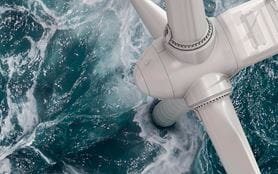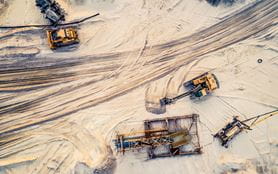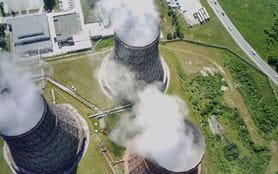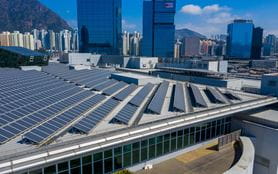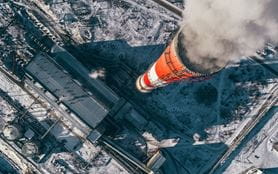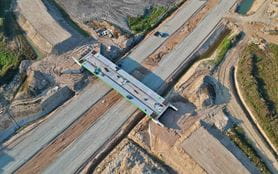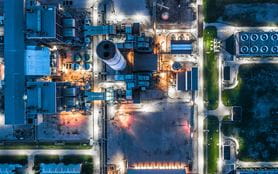U.S. Inflation Reduction Act takes climate change out of political cycle
Headlines in this article
Groundbreaking law introduces long-term incentives for clean energy, including supply- and demand-side measures designed to build a robust, diverse low-carbon energy ecosystem.
The U.S. Inflation Reduction Act (IRA), signed into law in August 2022, is poised to accelerate a fundamental rebuild of U.S. energy infrastructure and drive significant reductions in carbon emissions.
It aims to tackle rising prices by incentivising investment in clean energy while reducing the federal deficit via a new corporate minimum tax rate, more effective tax enforcement, and measures to cut the cost of prescription drugs.
In terms of numbers, the IRA is expected to channel more than $360bn towards energy security and climate-positive technologies.
The U.S. tax system has long included incentives for green infrastructure, providing credits based on investment value (investment tax credits, or ITCs) and on production/generation (production tax credits, or PTCs). Prior to the IRA, both types of credit were phasing down and were more limited in scope.
Law incentivises clean energy projects in low-income areas
The IRA extends existing ITCs and PTCs for eligible projects that start construction before January 1 2025, and introduces new incentives that cover a broader range of clean technologies including nuclear power, green hydrogen, carbon capture, electric vehicles and charging infrastructure, and a mix of storage systems.
The law includes local content incentives to boost domestic supply chains and creates a manufacturing credit for equipment such as small-scale grid interconnectors.
Beginning in 2025, credits are available on a technology-neutral basis so long as emissions reduction targets are satisfied. In addition, a clean fuels credit will also be introduced for a two-year period to replace an existing clean fuels excise tax credit. All told, this broad suite of credits begins phasing down in 2033.
The IRA is designed to drive a “just” transition, with credit multipliers linked to minimum pay rates for workers, and for infrastructure development in low-income areas and parts of the country historically focused on fossil fuel production and associated generation.
It includes local content incentives to boost domestic supply chains and creates a manufacturing credit for equipment such as small-scale grid interconnectors.
The credits are available to companies of all sizes in a bid to build a more diverse energy ecosystem. Project owners are also able to trade their tax benefits to unrelated third parties (unlike the previous regime where owners could not freely sell credits to parties best able to utilise them), boosting owners’ financing options and providing more opportunities for private investors.
IRA offers regulatory certainty beyond political cycle
The IRA is significant for several reasons. First, because the U.S. generates 13% of global GHG emissions, behind only China. Some projections suggest the law could cut America’s carbon output by up to a billion gigatonnes over the next eight years, enough to bring the U.S. 66% closer to its 2030 emissions target. Such a big reduction would be a major step forward for the world.
Extending the period over which the credits apply takes U.S. energy policy outside the typical four-year political cycle, giving developers and investors the confidence to act.
The second is the regulatory certainty the law provides. Extending the period over which credits apply – in most cases to more than a decade – takes U.S. energy policy outside the typical four-year political cycle. This important commitment gives developers – and investors – the confidence to act.
Measures incentivise clean energy supply and demand
Then there is its scope. The IRA’s new credits are technology neutral, promoting emissions-free power rather than a particular energy source. Its mechanisms to foster a robust clean energy supply chain – coupled with demand-side measures such as tax breaks for consumers to buy electric vehicles – are potentially transformational.
Of course, tax breaks are not a panacea. Clean energy projects need significant regulatory support to be rolled out at scale. Land-use permissions, water rights and permits to store carbon and hydrogen are all crucial to de-risk projects, but these are currently very difficult to obtain.
While the process for such permits is onerous, they are being awarded – albeit slowly. These issues aside, unlocking the financing for Net Zero is a critical piece of the puzzle – and the IRA does this better than almost any other law. Its breadth of scope should act as inspiration for similar efforts elsewhere.


